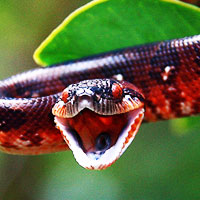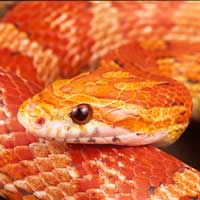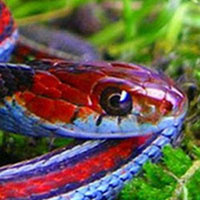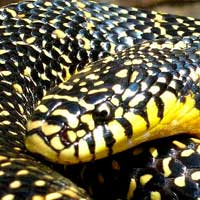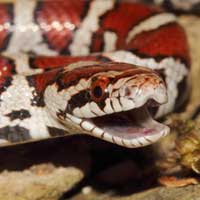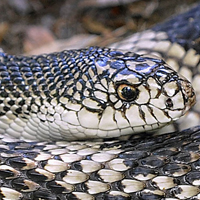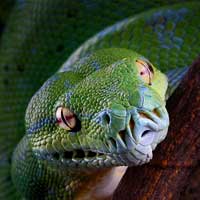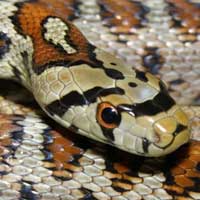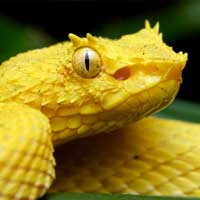Everything You Need to Know About the Madagascar Ground Boa
The Madagascar Ground Boa is scientifically named Acrantophis madagascariensis. It belongs to the Boidae family, which includes non-venomous constrictor snakes.
Scientific Name: Acrantophis madagascariensis
Snake Family: Boidae
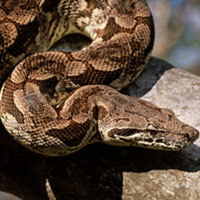
Madagascar Ground Boa: An Overview
The Madagascar Ground Boa (Acrantophis madagascariensis) is a large, non-venomous snake native to the island of Madagascar. Known for its impressive size and unique patterns, this boa plays a critical role in its ecosystem by controlling rodent populations. With its docile temperament and captivating appearance, the Madagascar Ground Boa has also gained popularity among reptile enthusiasts. In this guide, we’ll delve into its habitat, diet, care, and more.
Exploring the Natural Habitat of the Madagascar Ground Boa
The Madagascar Ground Boa inhabits a variety of environments across Madagascar, ranging from dense forests to open savannas. Its adaptability allows it to thrive in diverse conditions, making it one of the island’s most widespread snakes.
| Habitat Feature | Description |
|---|---|
| Geography | Madagascar, particularly in lowland areas |
| Preferred Environment | Forests, scrublands, and savannas |
| Climate | Warm and humid with seasonal variations |
What Does the Madagascar Ground Boa Eat?
As a carnivore, the Madagascar Ground Boa primarily preys on mammals, birds, and reptiles. In captivity, providing a balanced diet is essential for their health and longevity.
- Juveniles: Feed on pinky mice or small rodents every 5-7 days.
- Adults: Feed on larger prey like rats or birds every 10-14 days.
- Prey Size: Ensure prey is no larger than the widest part of the snake’s body.
- Hydration: Always provide fresh, clean water for drinking and soaking.
Behavior and Temperament of the Madagascar Ground Boa
The Madagascar Ground Boa is generally docile, making it suitable for experienced snake keepers. Its behavior varies depending on its environment and the time of day.
- Activity Pattern: Primarily nocturnal but may bask during the day.
- Defensive Behavior: Rarely aggressive but may hiss or coil if threatened.
- Hunting Style: Constricts its prey, relying on ambush tactics.
Maintaining the Health and Longevity of the Madagascar Ground Boa
With proper care, the Madagascar Ground Boa can live 20-30 years in captivity. Regular monitoring of its health and environment is crucial to prevent common issues.
| Health Issue | Symptoms | Prevention |
|---|---|---|
| Respiratory Infection | Wheezing, open-mouth breathing | Maintain proper humidity and temperature |
| Skin Shedding Issues | Incomplete or stuck shed | Ensure appropriate humidity levels |
| Parasites | Visible mites, itching | Regularly clean the enclosure |
Reproductive Traits of the Madagascar Ground Boa
Madagascar Ground Boas are ovoviviparous, giving birth to live young. Breeding these snakes in captivity can be a rewarding challenge for experienced keepers.
- Mating Season: Late winter to early spring.
- Gestation Period: Approximately 6-7 months.
- Litter Size: Typically 10-20 young.
- Ensure proper temperature and humidity to encourage successful breeding.
Tips for Handling and Caring for the Madagascar Ground Boa
Caring for a Madagascar Ground Boa involves creating a safe and enriching environment while handling it with care to minimize stress.
- Provide an enclosure with a temperature gradient of 80-90°F on the warm side and 70-75°F on the cool side.
- Maintain humidity levels between 50-70% to support healthy shedding and hydration.
- Include hiding spots, climbing branches, and a water bowl large enough for soaking.
- Handle gently, supporting the snake’s entire body to reduce stress.
- Regularly clean the enclosure and monitor for signs of health issues.
